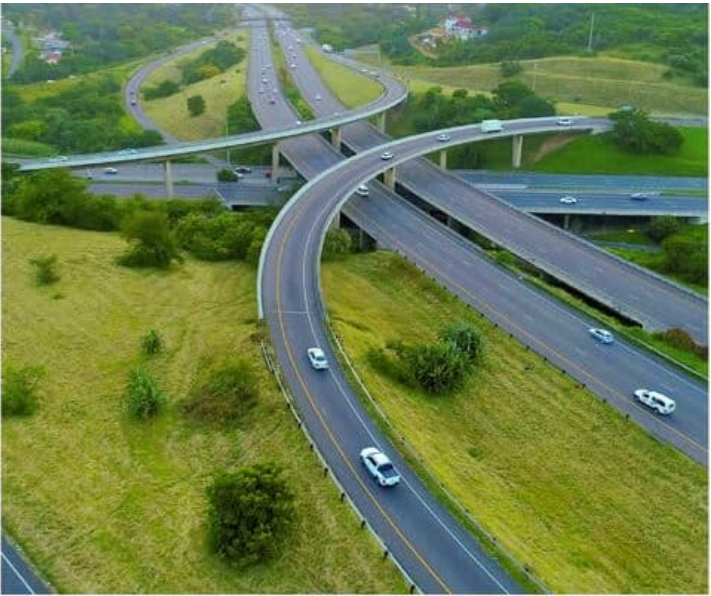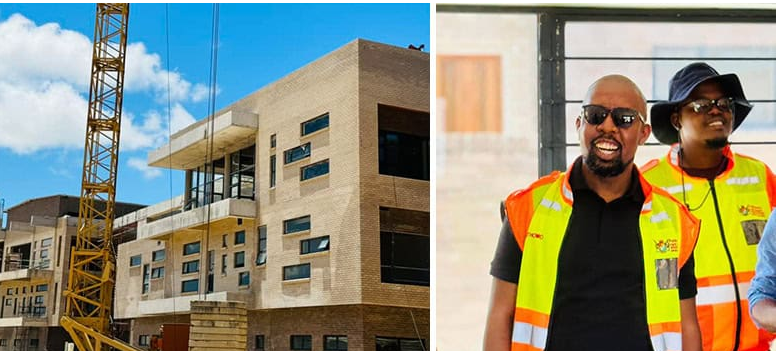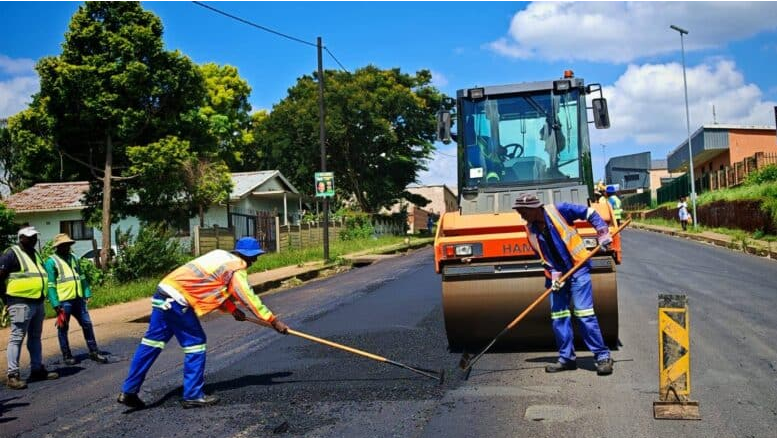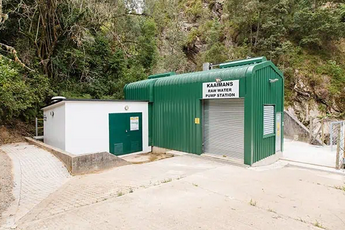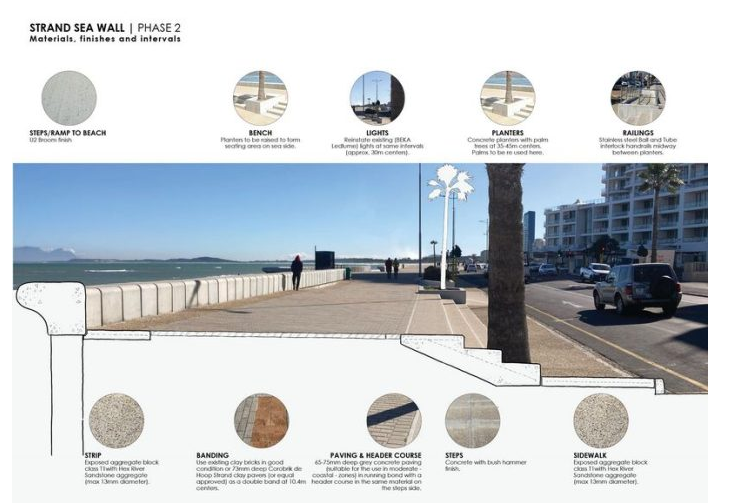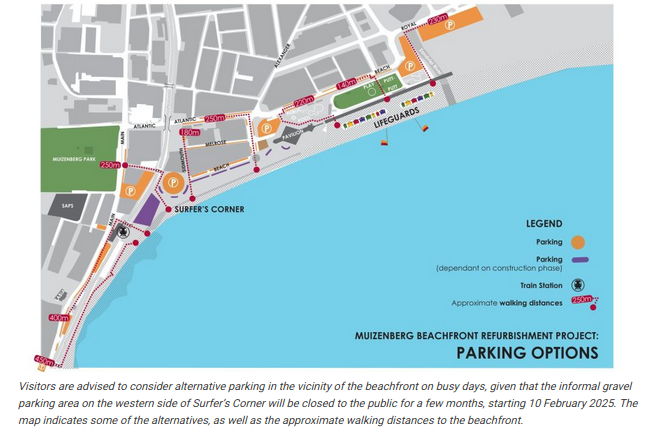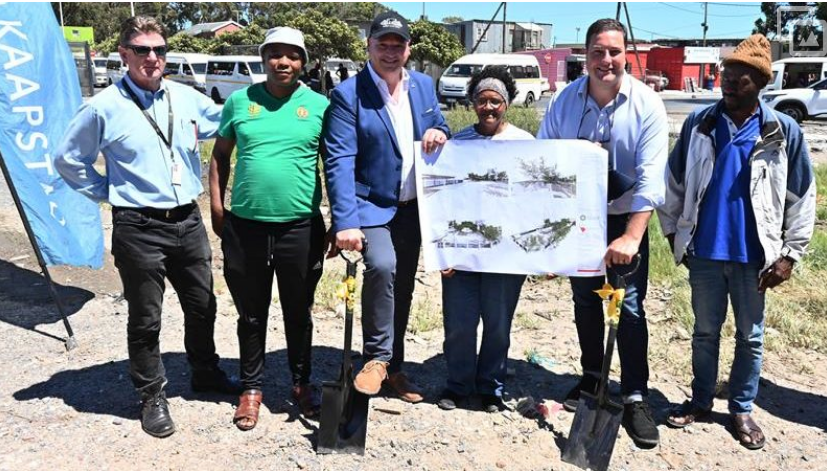Smart cities – a reality for South Africa?
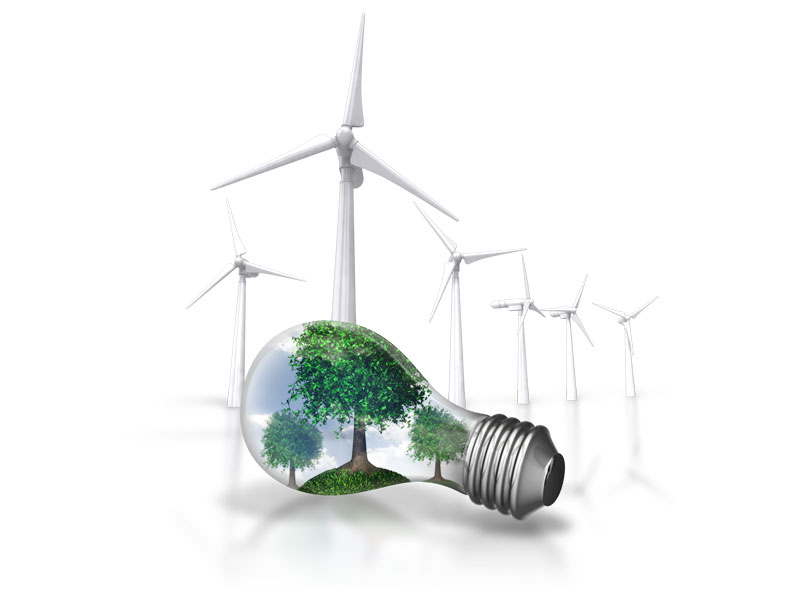
Advertising
14-09-2020
Read : 284 times
Property Wheel
Source
Rainmaker Marketing recently held their ninth informative property webinar since the start of the national lockdown.
With an international panel of experts, the online discussion revolved around the concept of some of the best smart cities internationally and how these could be replicated in South Africa.
“Just coming out of National Arbour Week, we are constantly reminded of the crippling effect that load shedding has on our day to day lives and the economy” commented Stefan Botha, Director of Rainmaker Marketing, and facilitator of the webinar.
“The topic of smart cities is relevant. We have asked ourselves how South Africa can look at international smart city solutions and how these could potentially transform our country’s landscape?”
“Every country has different dynamics to work with and looking at how this is possible, we will figure out what these possibilities consist of” he says.
The concept of the smart city
Samuel de Gersigny, Managing Director of the Mauritian Moka Smart City believes the smart city concept is constantly evolving.
“The smart city concept integrates the notions of sustainability and technology in pillars” he says.
“These two main pillars should be considered during the design or master planning of a city as well as the daily management of a city. From my point of view, these features must be focused on achieving a better quality of life, new economic opportunities, and citizen engagement. There are different approaches which depends on the country and the context.”
Mauritius plays host to a few smart city projects, unlocked through a new regulatory framework by the Mauritian government. The Moka Smart City is the expansion of an existing suburb in the centre of the island and its citizens have access to energy, waste, and water management initiatives. The country has implemented this “city smarting” concept over the past decade.
Karim El-Jisr, Chief Sustainability Officer of the Sustainable City Dubai, the first net-zero development for the city of Dubai and the Gulf, believes that sustainability and ‘smart’ should be a continuous journey.
“Like the textbook ‘people, planet, profit’, we believe that sustainability should be approached in three dimensions: social, economic and environmental”.
Social sustainability refers to wellness, education, inclusion, sports etc. Economic sustainability is about building a city, “be it smart, smarter or less smart” – it must be economically viable, and this is dependent on the geography and the context of each society.
Environmental sustainability is broken down into six strategies: food production or security, energy management, water management, building green, mobility and waste management.
“All of this can benefit from being smarter. We need to look at smart cities and future cities as living laboratories” he says.
Are smart cities achievable in South Africa?
Karim believes that there should not be a premium for promoting sustainability. While factoring in and stabilizing construction costs, it is essential to bring down the costs of living too. The Sustainable City Dubai committed to a zero-service fee (or levy) system for all their investors and homeowners.
Unfortunately, property levies are a stark reality for most South Africans.
CEO of listed residential Balwin Properties, Steve Brooks believes that South Africa needs to get the zero-levies concept right through achieving the development of smart cities and by providing permanent water and electricity. “Imagine if we could deliver affordable and sustainable housing with no levies?” he asks.
The technology to achieve this is out there and Steve is a strong believer that these concepts need to be collaborative and shared.
Georgina Smit, the head of Market Transformation for the Green Building Council of South Africa (GBCSA) says that green buildings are perceived to be reserved for the elite. “If we think about the energy burden that low income households experience in relation to middle income households, net-zero thinking and sustainable design helps to alleviate these kinds of constraints for the better. It is about building better and the question to ask is ‘are we going to have a recovery that is green and sustainable?’”
She believes that net-zero can produce many benefits for the poor: “When looking at the type of building and the level and quality of the building which you need to produce, the key is to deliver a comfortable building. You do not want to compromise on components like thermal comfort as this translates into numerous health benefits.”
South Africa also faces the horrible legacy of Apartheid which has produced a severe shortage of effective housing for the previously disadvantaged.
Balwin Properties recently announced their Mooikloof sectional title development, in partnership with Government, which could see 50 000 apartments launched in phases and specifically designed for the GAP housing market.
“The wealthy can afford to pay for these types of developments” comments Steve. “It is the lower income bracket that requires the help. There are so many people who need title and housing and so far, RDP housing has not been executed properly. We need to do it properly.”
Mobility is another factor to consider. On average, most of South Africa’s working class catch up to four taxis a day with approximately 30% of their monthly income spent on transport.
Lucas Uys, the Managing Director of Uys and White Landscaping and Architects believes that currently, mobility is a non-efficient cost. He highlights Singapore as the best mobility example with 11% of its citizens owning vehicles.
“It is really about walkways” he says. “Some of Singapore’s walkways cross highways at sixty metres, connecting up with pedestrian links. It is all about quality of living and the linking of these mobility systems.”
“This all sits in your masterplan. If your masterplan is developed well, you could reduce numerous costs in your internal transport system which could be sponsored by so many other things. We need to reposition our business models to figure out how we can make sustainability long-term. There is always a new way to look at things.”
Charles Thompson, director of the Devmco Group says that smart cities are not an exact replication per country but he believes that we could integrate the bulk of what international smart cities have achieved.
“It would just be a matter of whether the market would pay for this upfront and if our market is sophisticated enough to understand the value of it by paying more but getting a much better product long-term. I am not sure if South Africa is there yet.”
“Everything will be different. It is a matter of adding on what you can and subtracting what you cannot do and, what is affordable.”
The role of the public sector in enabling sustainability
Georgina says the public sector has a great role in South Africa’s net-zero story. The conversation around net-zero started a few years ago with two key targets set: by 2030, any new building designed needed to be able to operate at net-zero carbon and by 2050, the long-term goal was to transform all existing buildings into net-zero.
“The GBCSA responded by developing training and certification tools with advocacy strategies to strive for net-zero. We have partnerships with the public sector with interesting and valid initiatives that we need to be aware of” she says.
The C40 New Buildings program involves South Africa’s four major cities’ commitment to institute bylaws or to enable policies and frameworks from a municipality perspective.
“This successful program is at various stages of engagement and we have also reviewed the financial feasibility. I believe this has demonstrated immense leadership from the local government’s perspective. From a national level, the Department of Public Works issued the green building policy which was launched at the GBCSA’s 2018 convention. There are various departments that are either supporting this policy or supporting initiatives to do the research” she says.
There are sixteen net-zero projects in South Africa with half of these relating to carbon and nine other carbon-orientated projects in the pipeline which span the residential, industrial, and commercial sectors.
“It is clear from these numbers that we are not reaching net-zero at scale and not on a large, precinct level” says Georgina. “The policies and the commitments are there but it is more about the enabling of financial incentives and financial support to implement this scale. This is where the public sector is trying but it needs to come in with more support.”
The approach to problem solving needs to change. To achieve net-zero, we need a good design approach while thinking about the solutions holistically.
“We should not be asking what the cost of going green will be. Instead, we should be asking what the cost of not going green should be” says Georgina.
“There is one metric that we all need to consider and to have a conversation around” says Karim.
“Energy use intensity. The zero-energy carbon or net-zero carbon principle should be applied on a community level. It becomes interesting and a fantastic challenge when applied to housing. We do not need to guarantee that individual units achieve net-zero, but we need to ensure that the entire development achieves this. It is about multiple players coming together.”
“When you want to design a six-star green rated building, the first thing the professional team asks is ‘what is your budget?’ I do not believe it costs a cent extra. We need to work within our boundaries. It is all about drive and lateral thinking. It is not difficult to make these things work and if we all pull together, we can make this world a better place” comments Steve.
“With about 60% of South Africans living in informal settlements, the challenge is to see how we can do an integration of a new smart city with everyone included to create a new balanced community. It will be the socioeconomics of our country which will predict which way we go” says Lucas.
In President Ramaphosa’s 2019 State of the Nation address, he said: “We have the opportunity to be at the forefront of green growth, of low-carbon industrialisation, of pioneering new technologies and of taking quantum leaps towards the economy of the future”.
“The reality is that with minds, such as this panel, we can make serious progress in terms of how we can make a better landscape for more people, to empower more property ownership and, to bring down the costs which would be the ultimate end game” concludes Stefan.
Recent News
Here are recent news articles from the Building and Construction Industry.
Have you signed up for your free copy yet?
